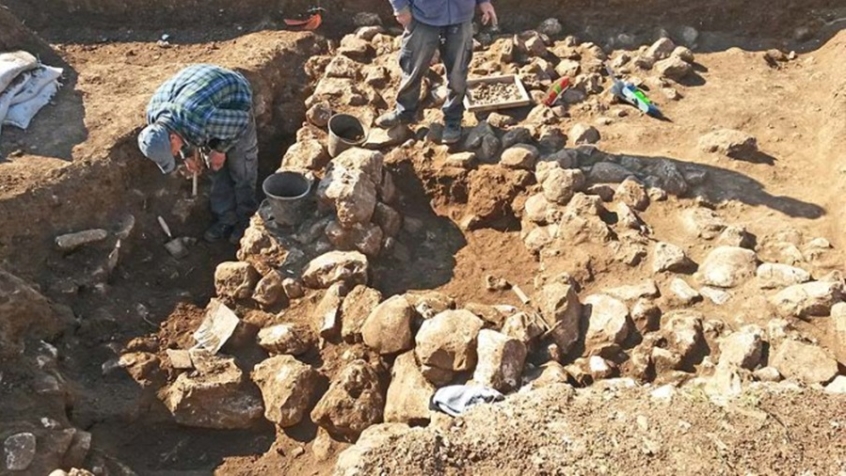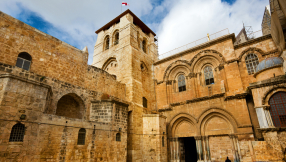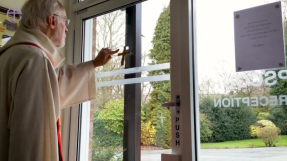
New synagogue ruins recently discovered at a site called Tel Rechesh, near Mount Tabor in the Nahal Tavor Nature Reserve in lower Galilee lend further weight to the belief that Jesus Christ taught in villages around Galilee during His lifetime here on earth.
The said synagogue dates back to 79 A.D., during the time when the Romans attacked Jerusalem, according to the Express.
Motti Aviam, senior researcher at the Kinneret Institute for Galilean Archaeology at the Kinneret College on the Sea of Galilee, said the new discovery will be "very important for Christians" because the New Testament says Jesus delivered sermons in a synagogue in Capernaum and other synagogues in Galilee.
"This is the first synagogue discovered in the rural part of the Galilee and it confirms historical information we have about the New Testament, which says that Jesus preached at synagogues in Galilean villages," he told YNet News.
Aviam said Jesus was a Jew who observed Jewish rituals and requirements, and just like many rabbis, He also delivered sermons in synagogues. "Christianity, which developed after this, placed an emphasis on His sermons at synagogues in the Galilee," he says.
There were some inscriptions found at the synagogue which showed that it was used for the study of Torah (the central reference of the religious Judaic tradition) and meetings rather than worship, therefore making it the ideal place for Jesus to preach His thoughts on Judaism.
The synagogue was described as "huge and impressive," with a room nine metres high and eight metres wide. Its walls were lined with benches and made of limestone blocks. Diggers were able to discover one of the synagogue's foundational pillars, which support its roof.
"This is a simple synagogue, but it is not simple to build a synagogue. The benches that we discovered are made of beautiful white Ashlar stone and the large foundational pillars required considerable investment and were expensive," Aviam said.
Aviam said he believes that once work on the ruins is done, the place "will constitute a tourist attraction for Jews and Christians alike."













